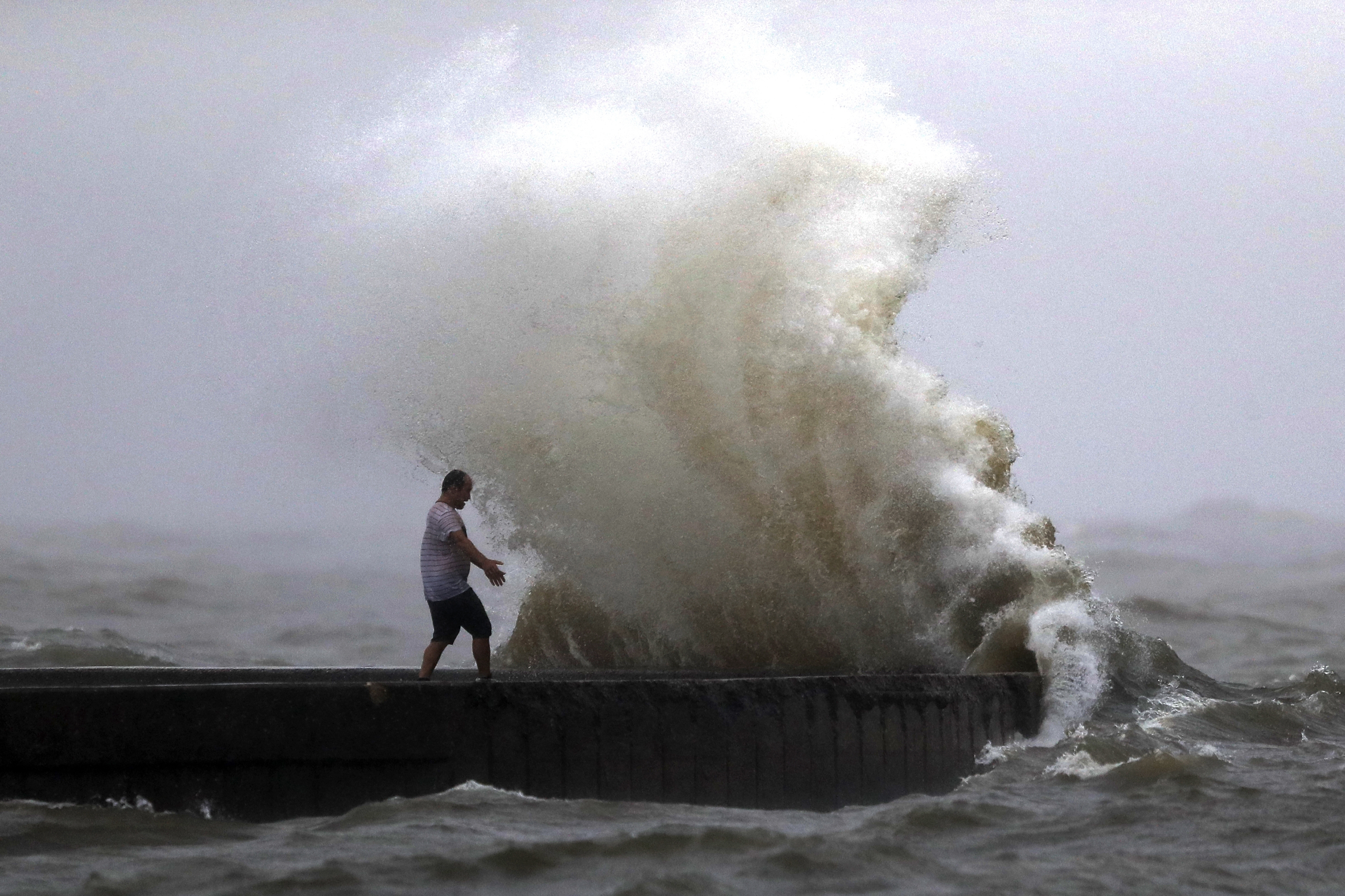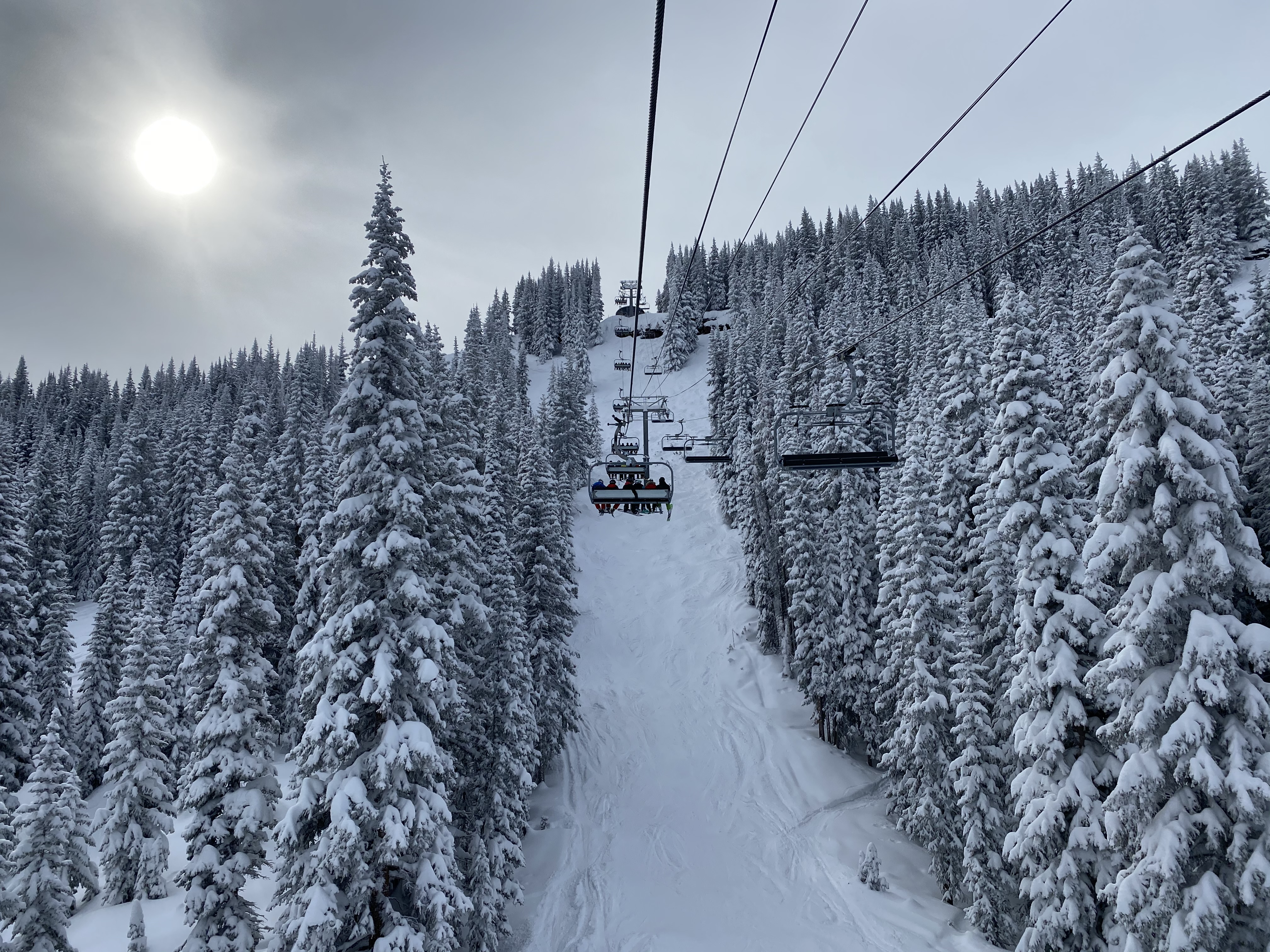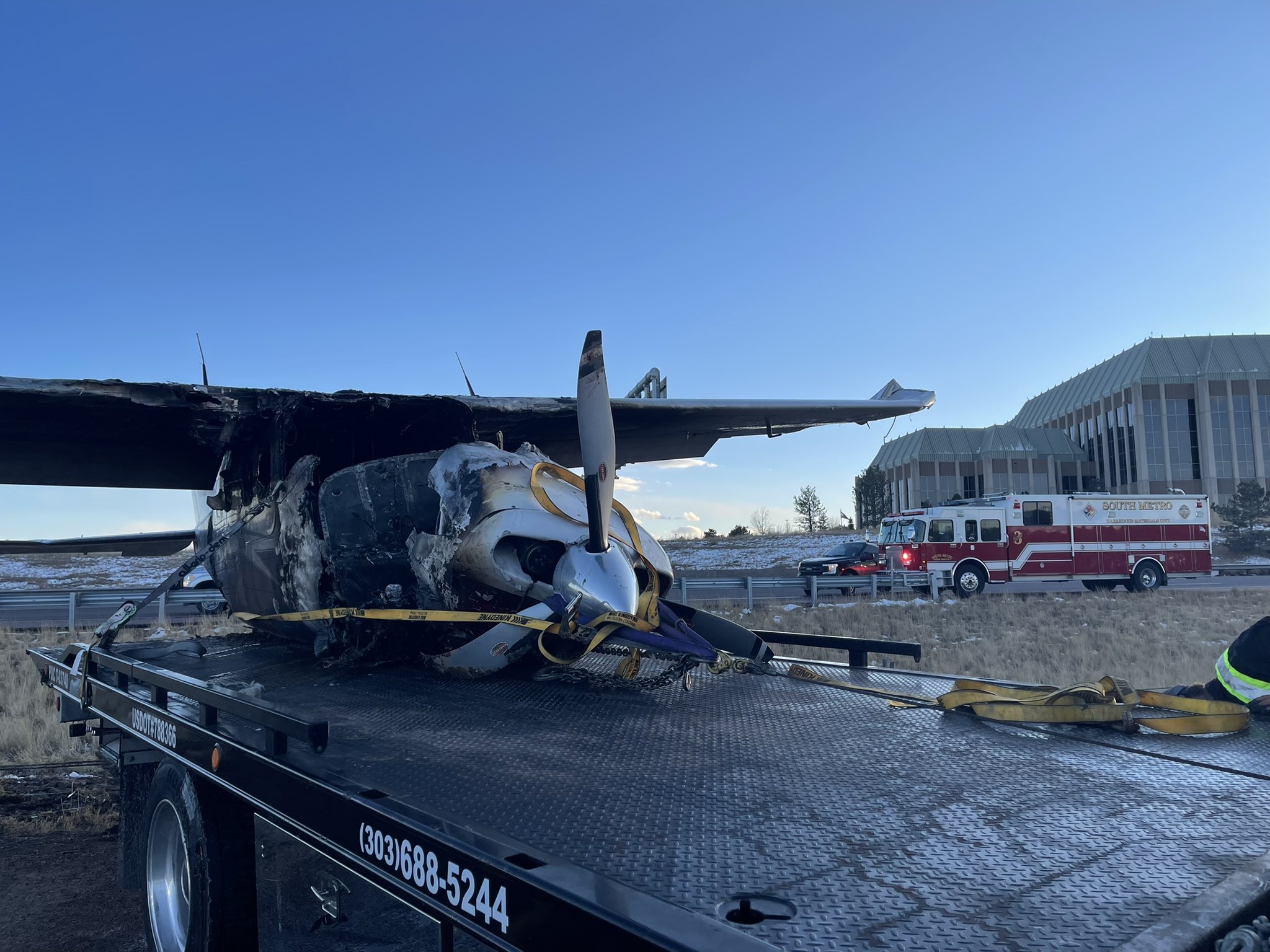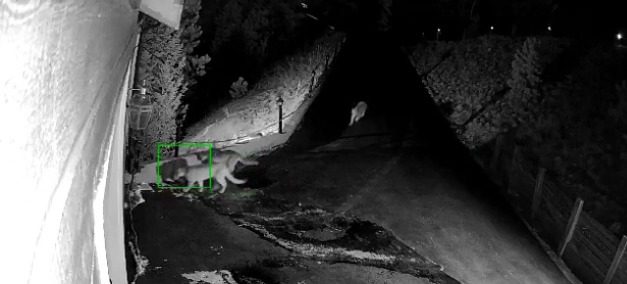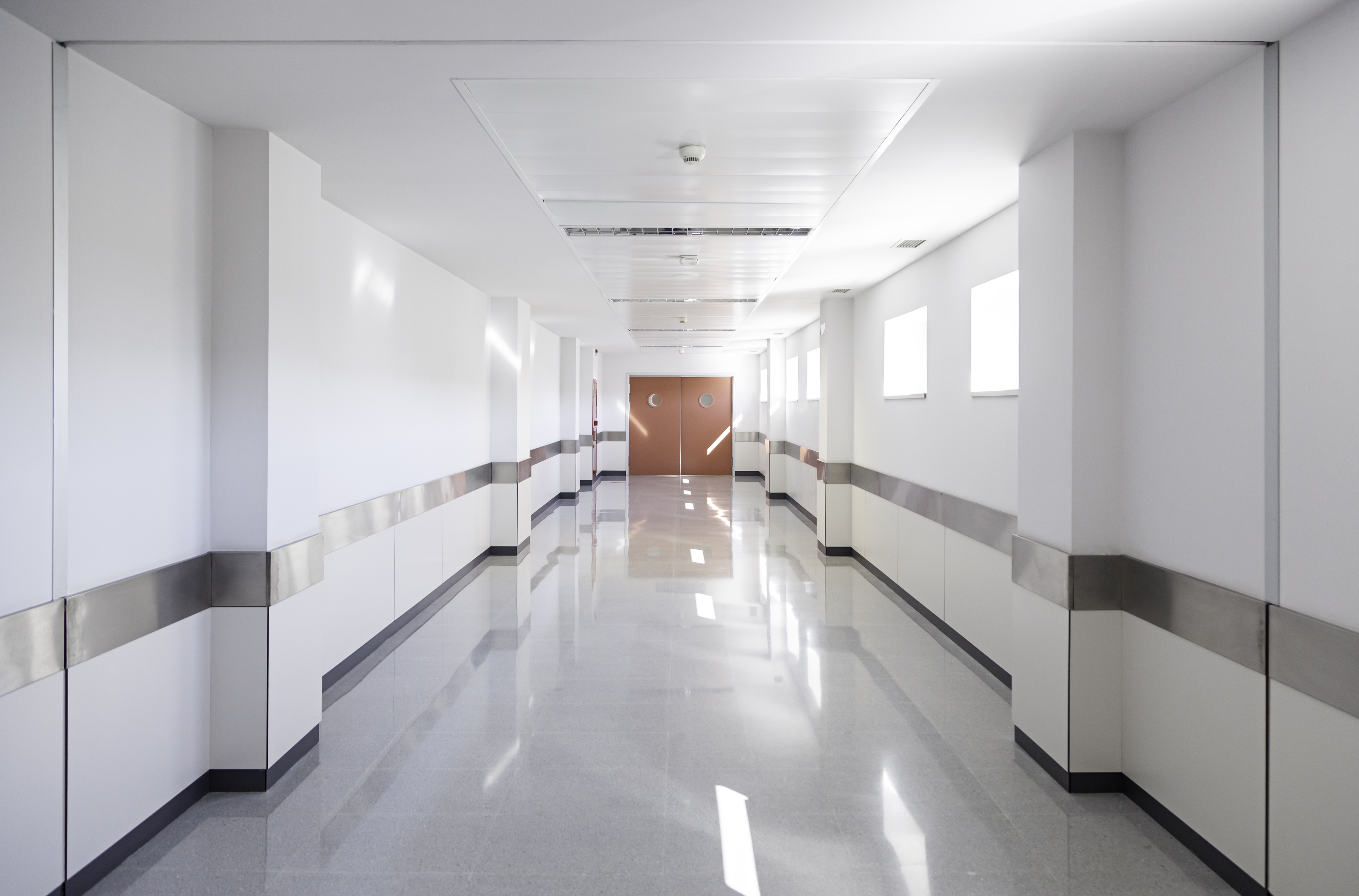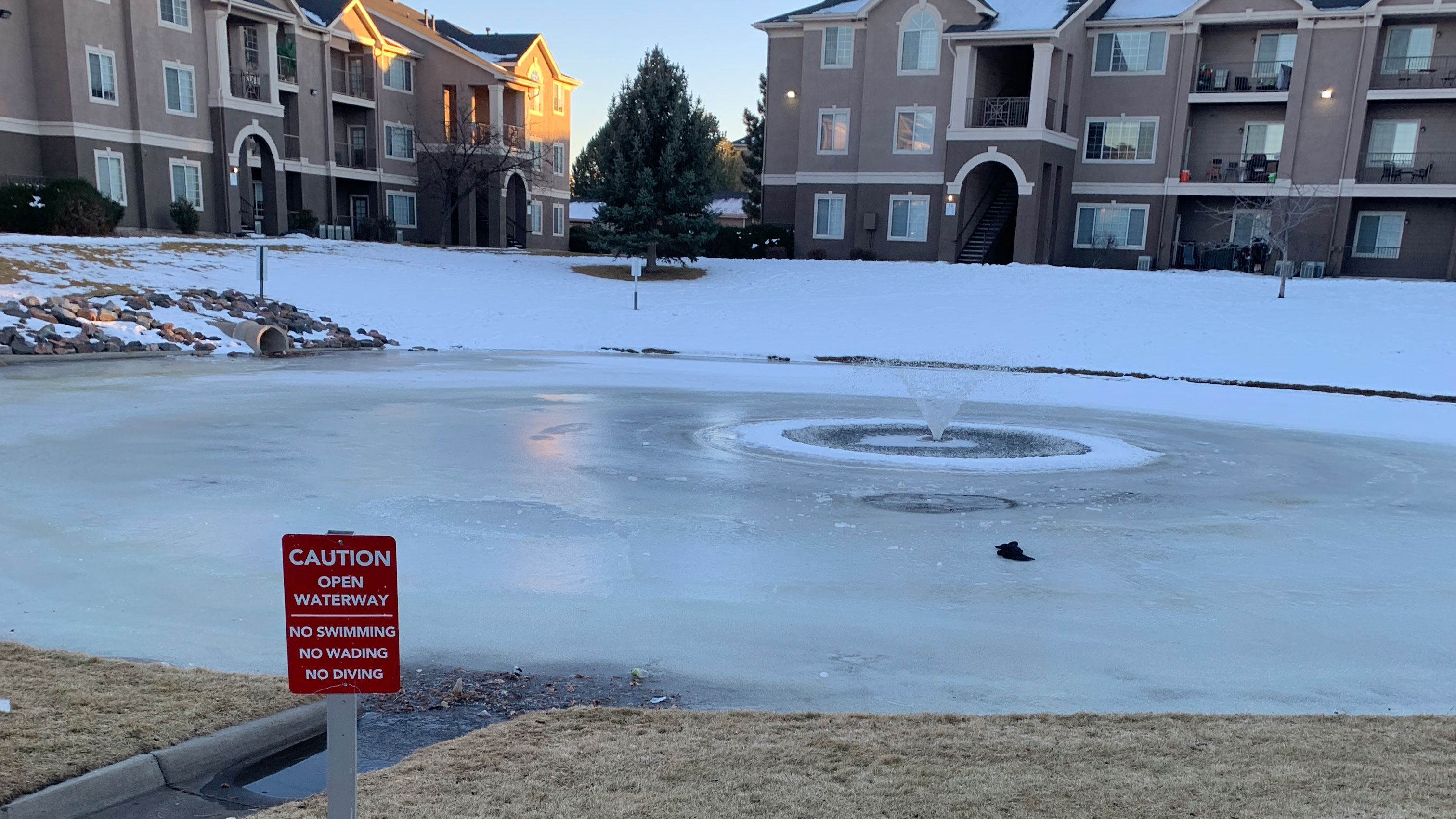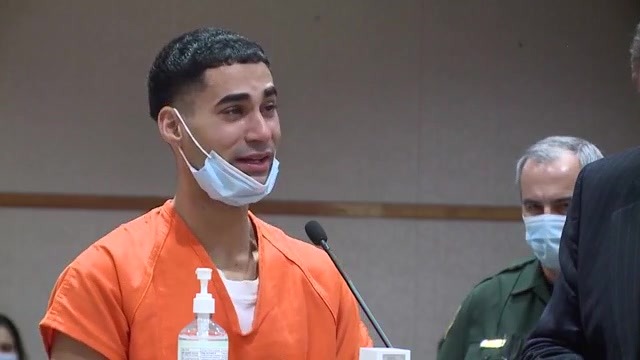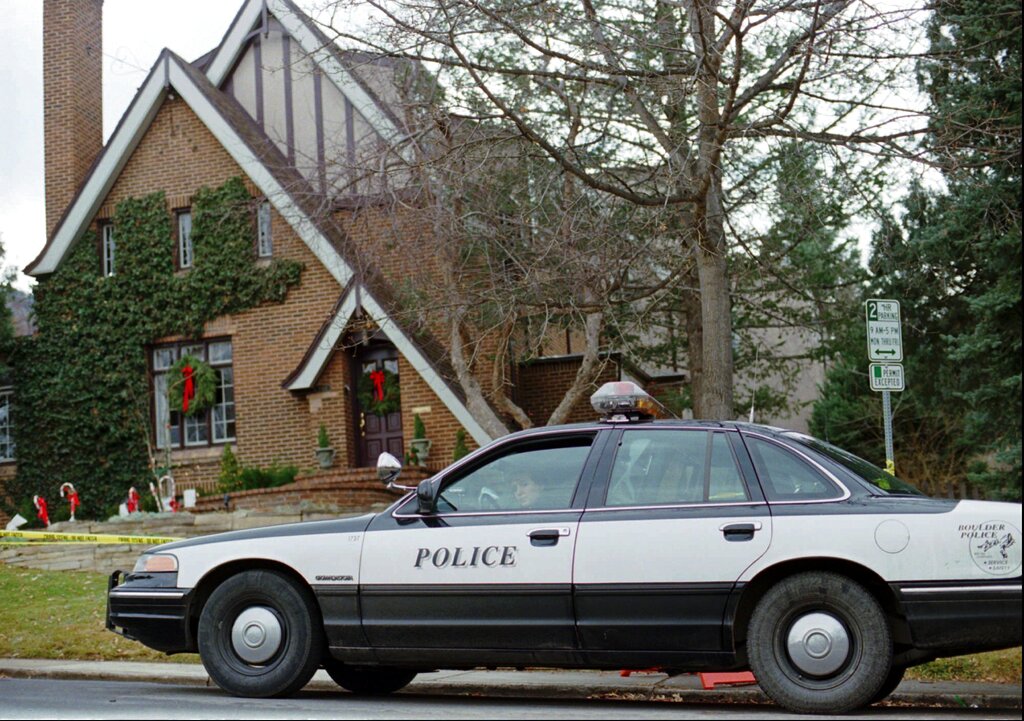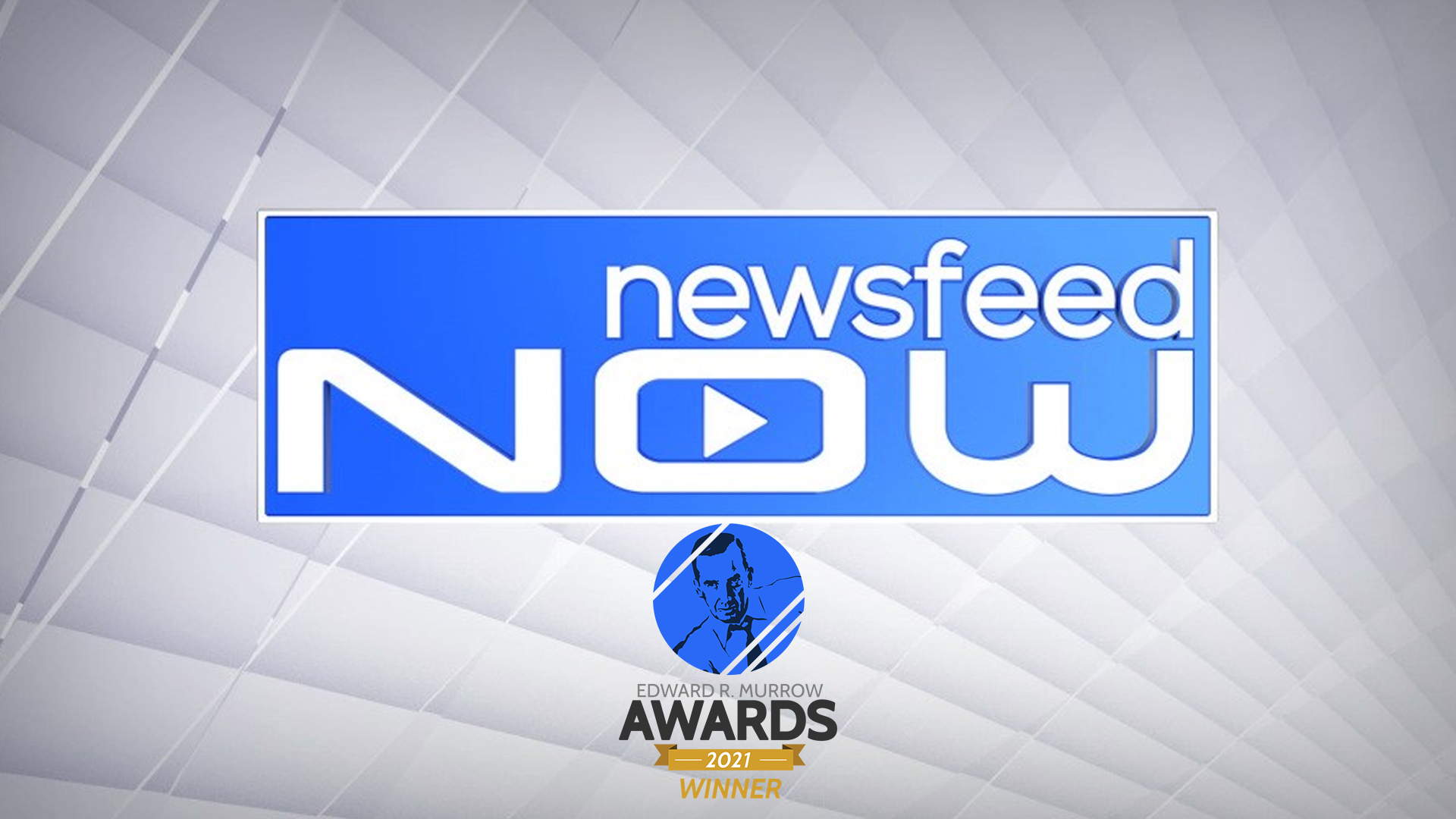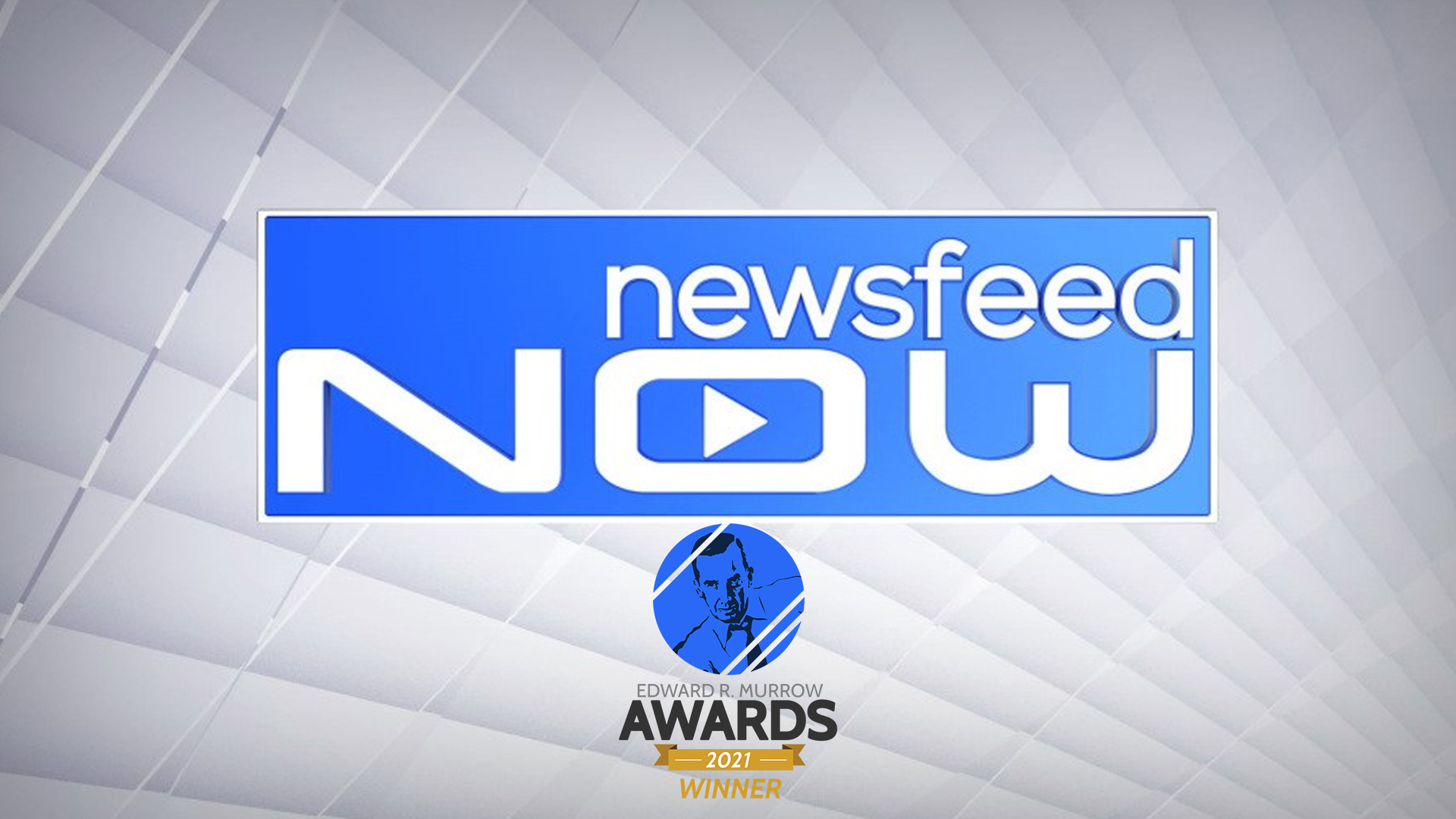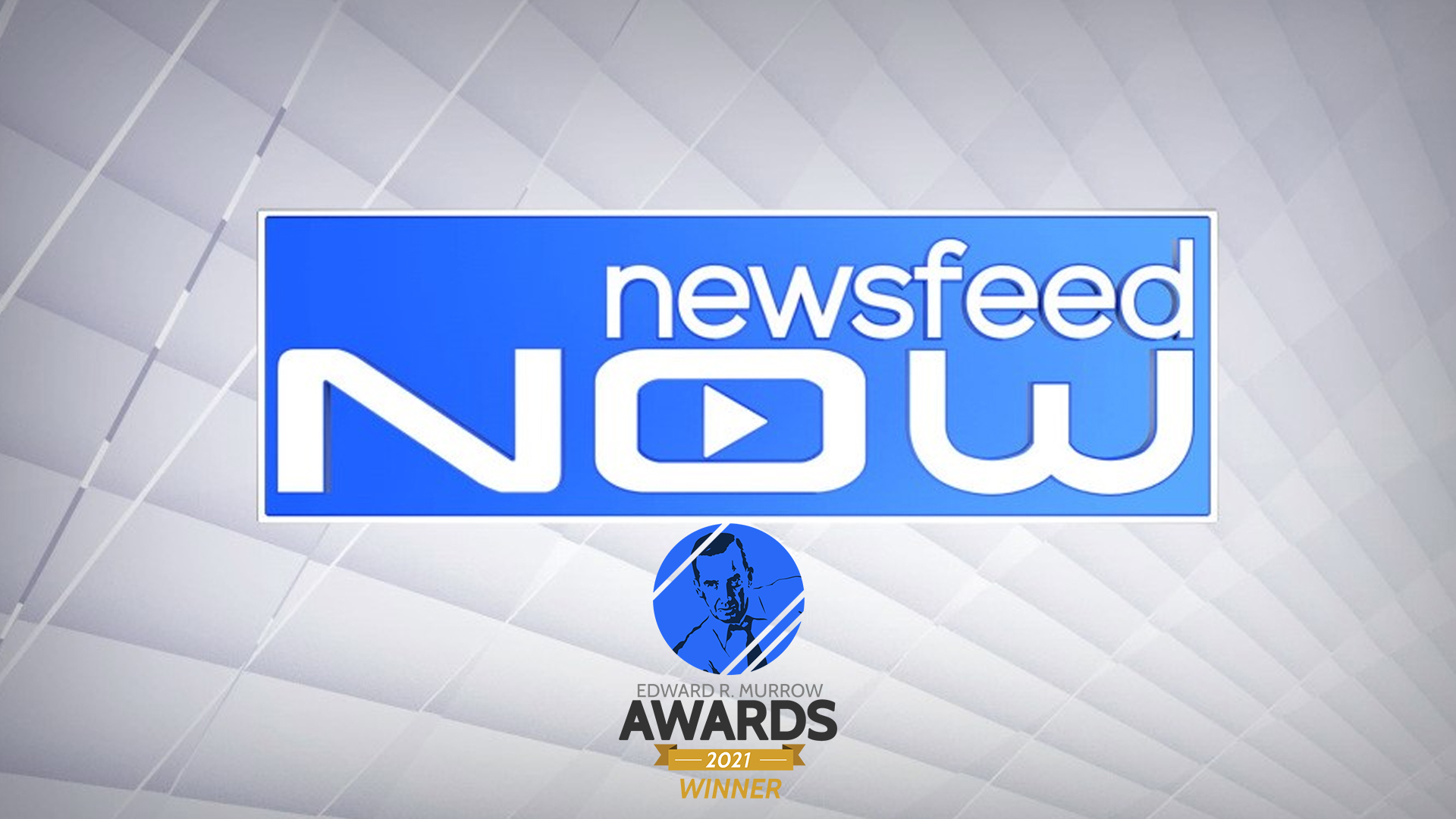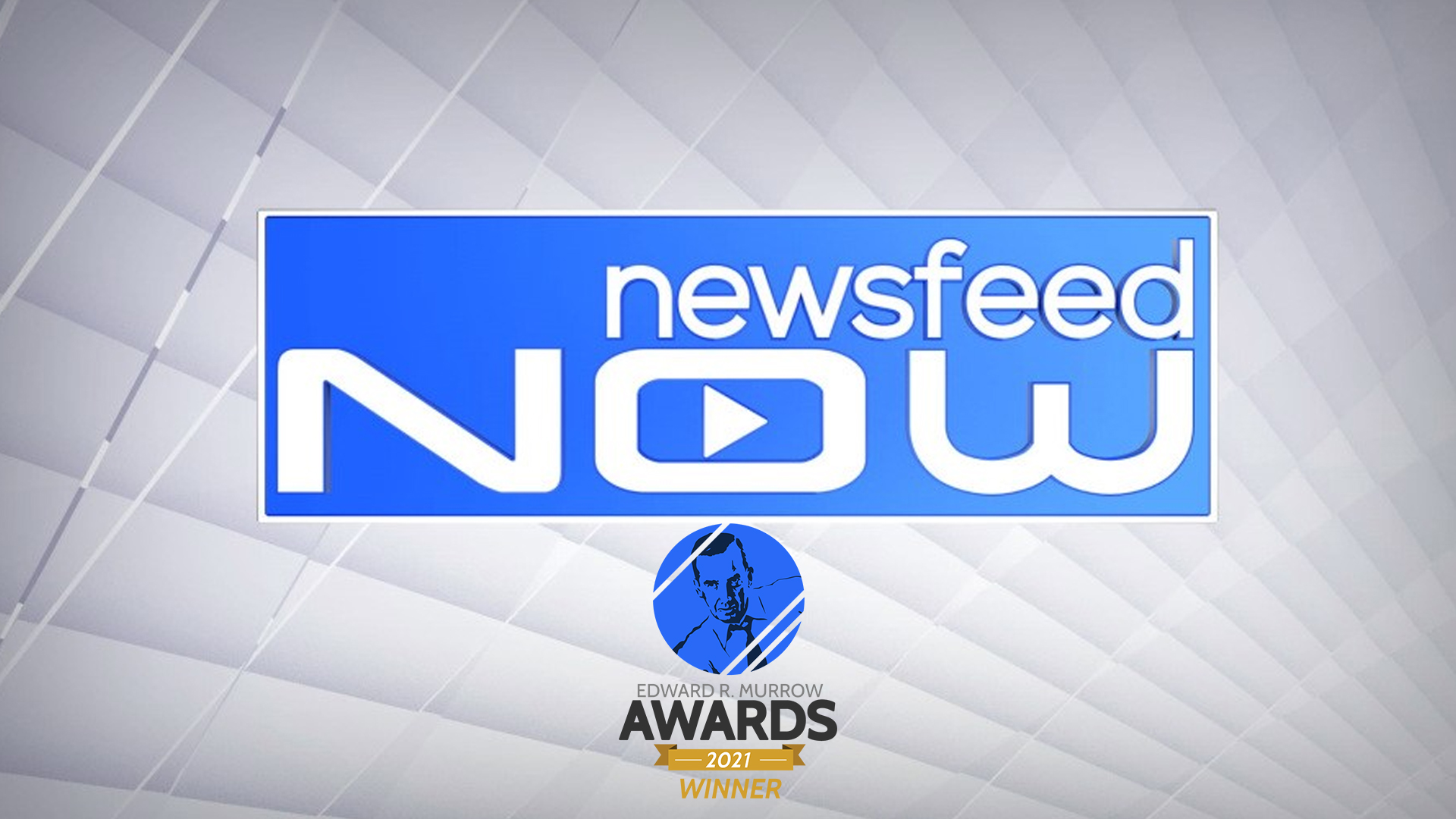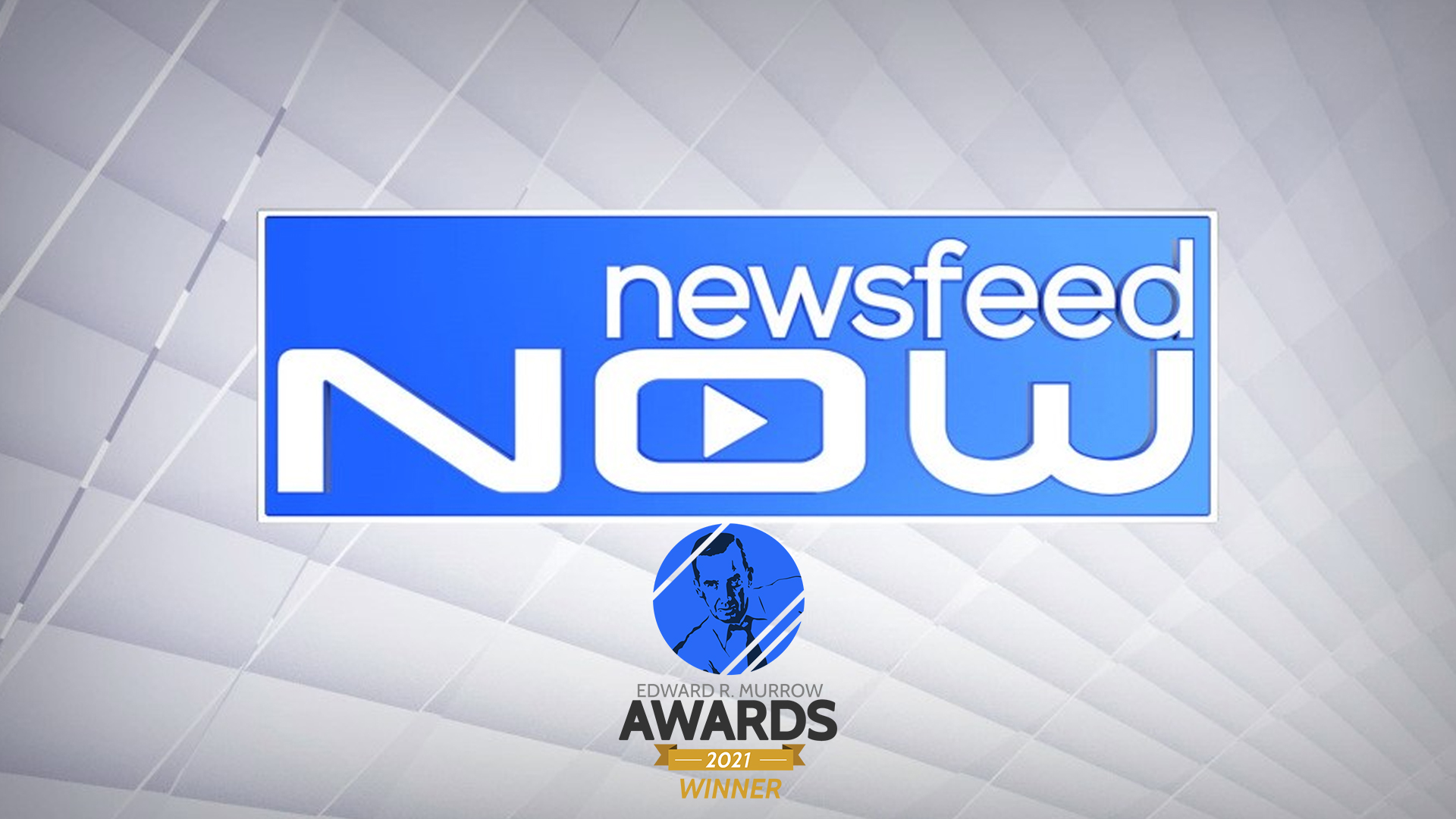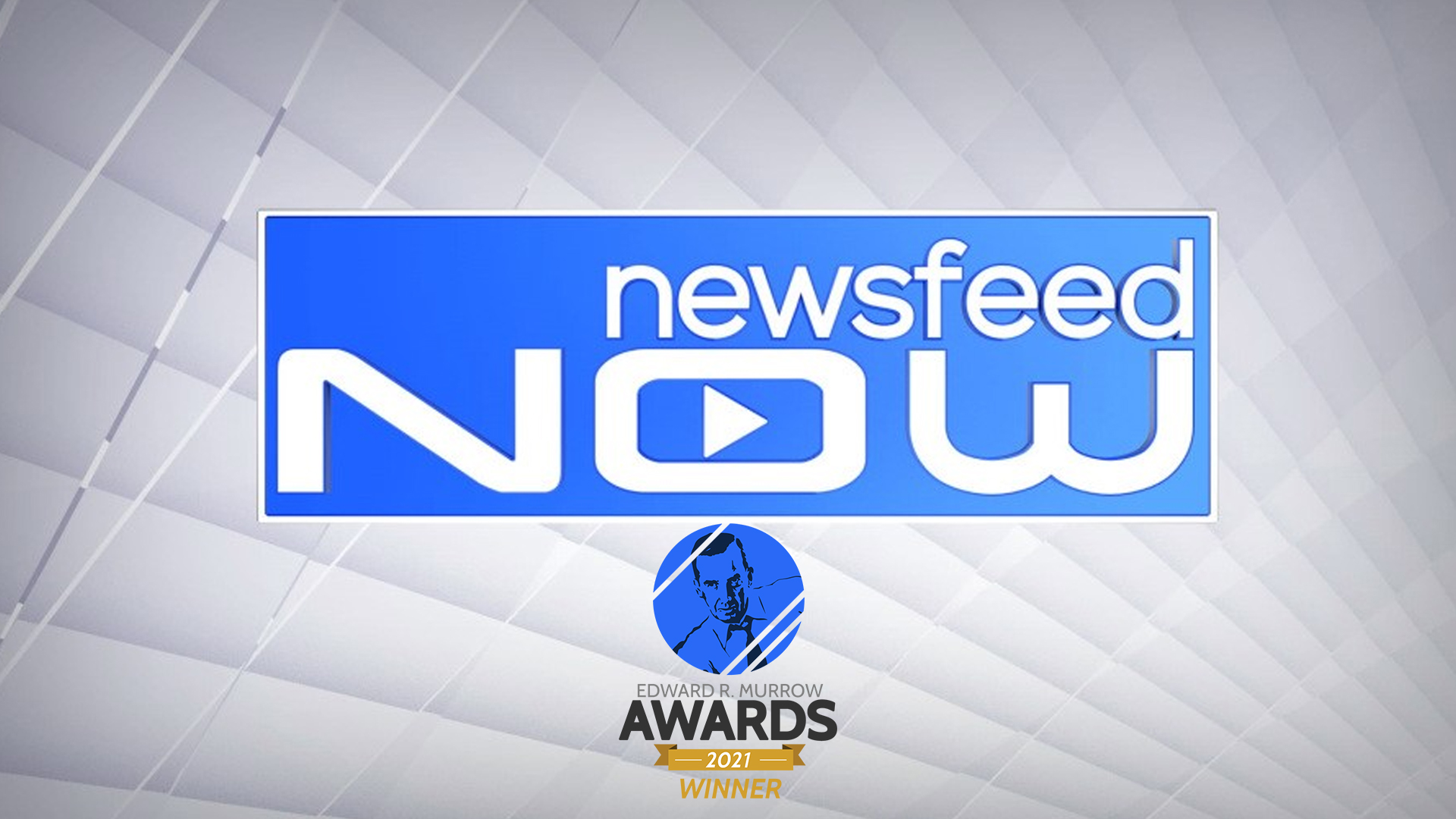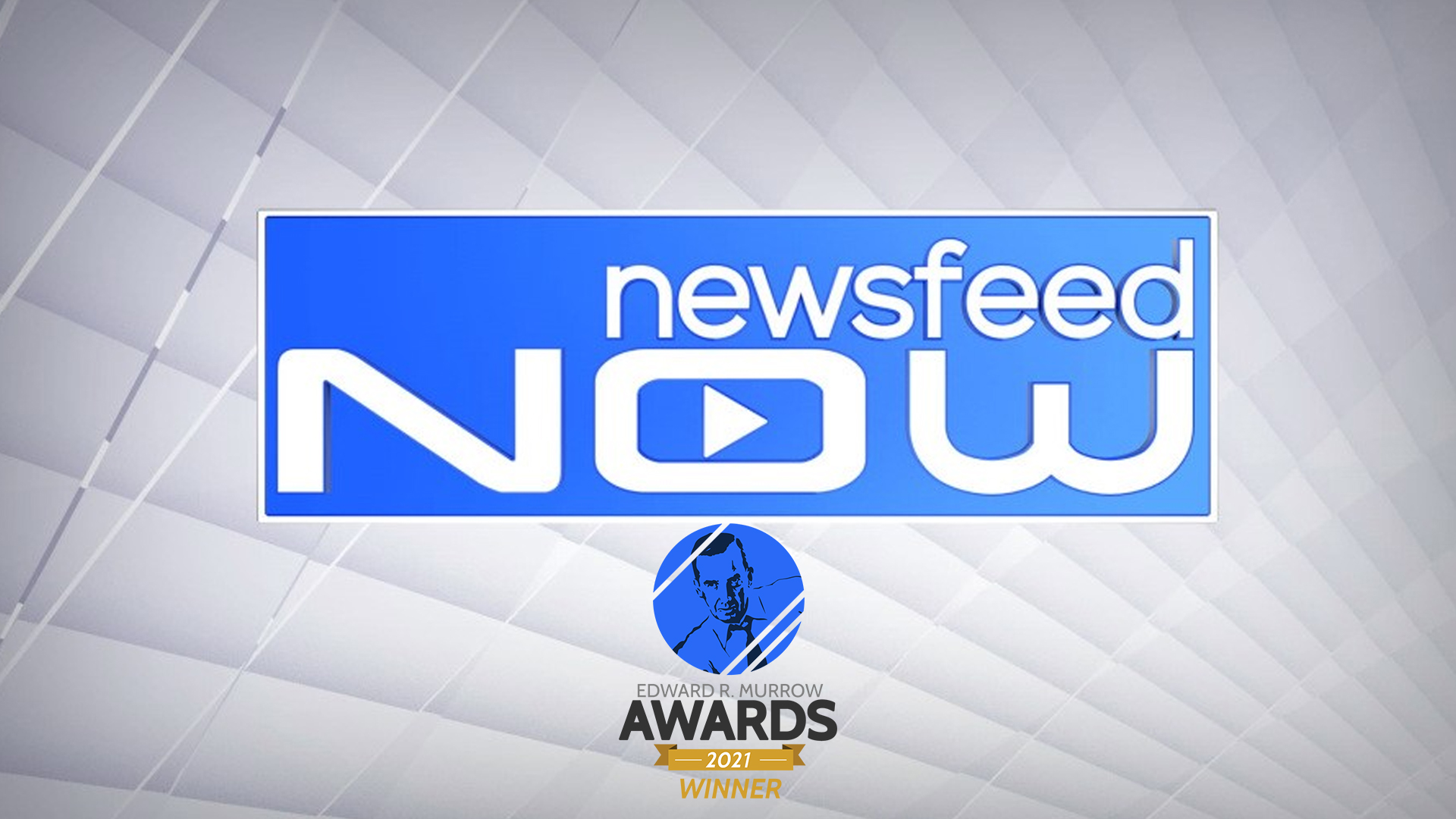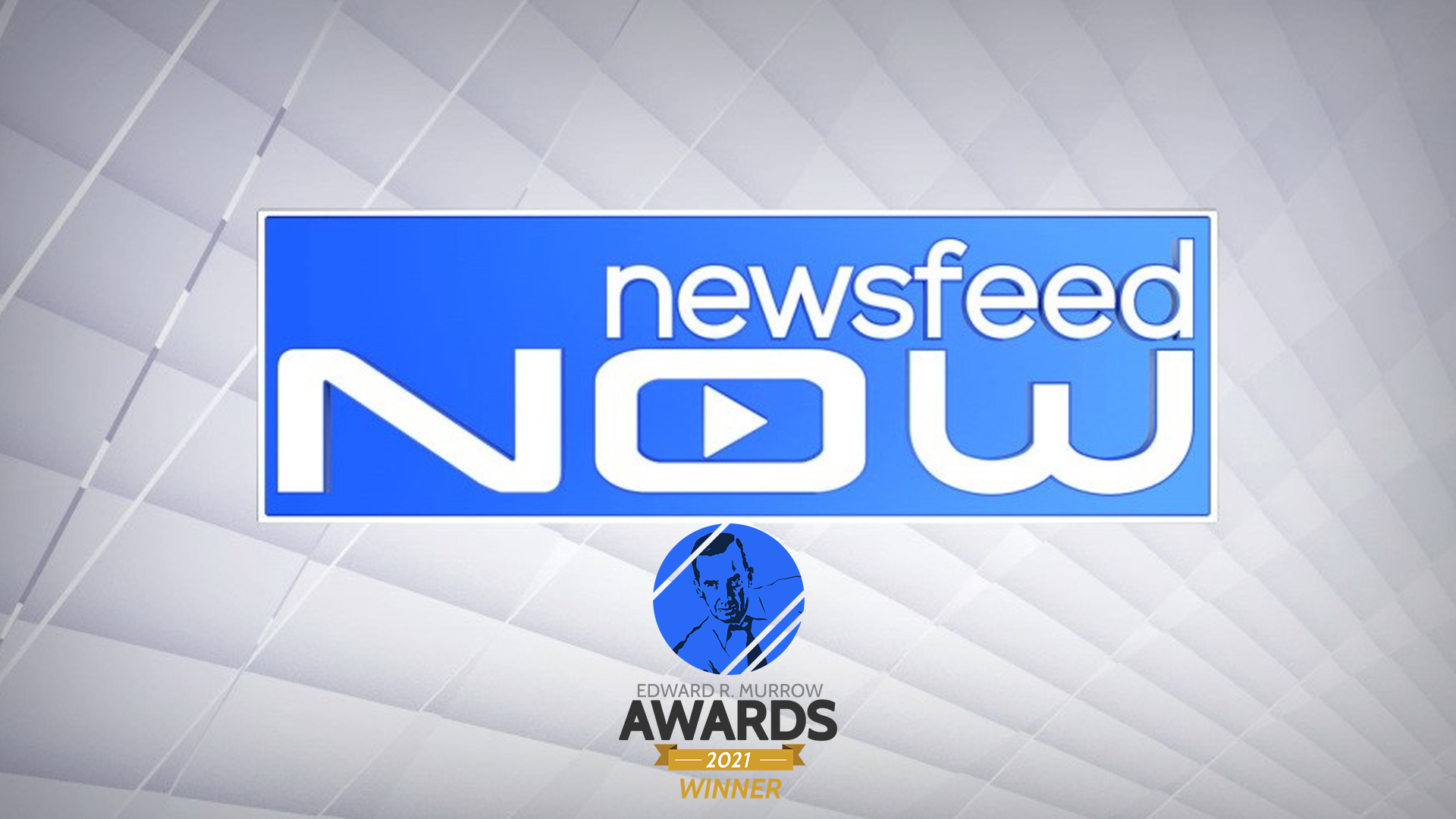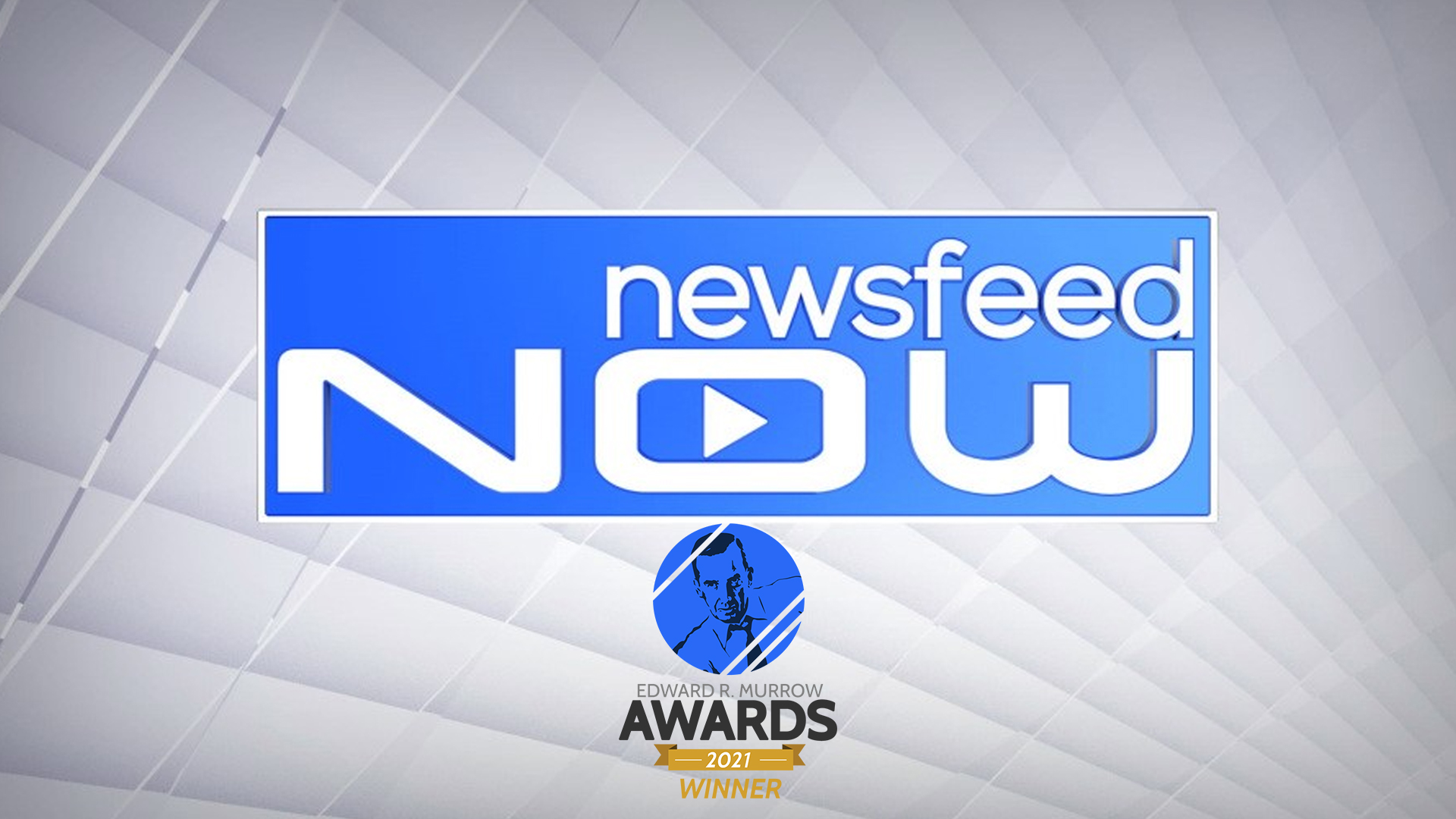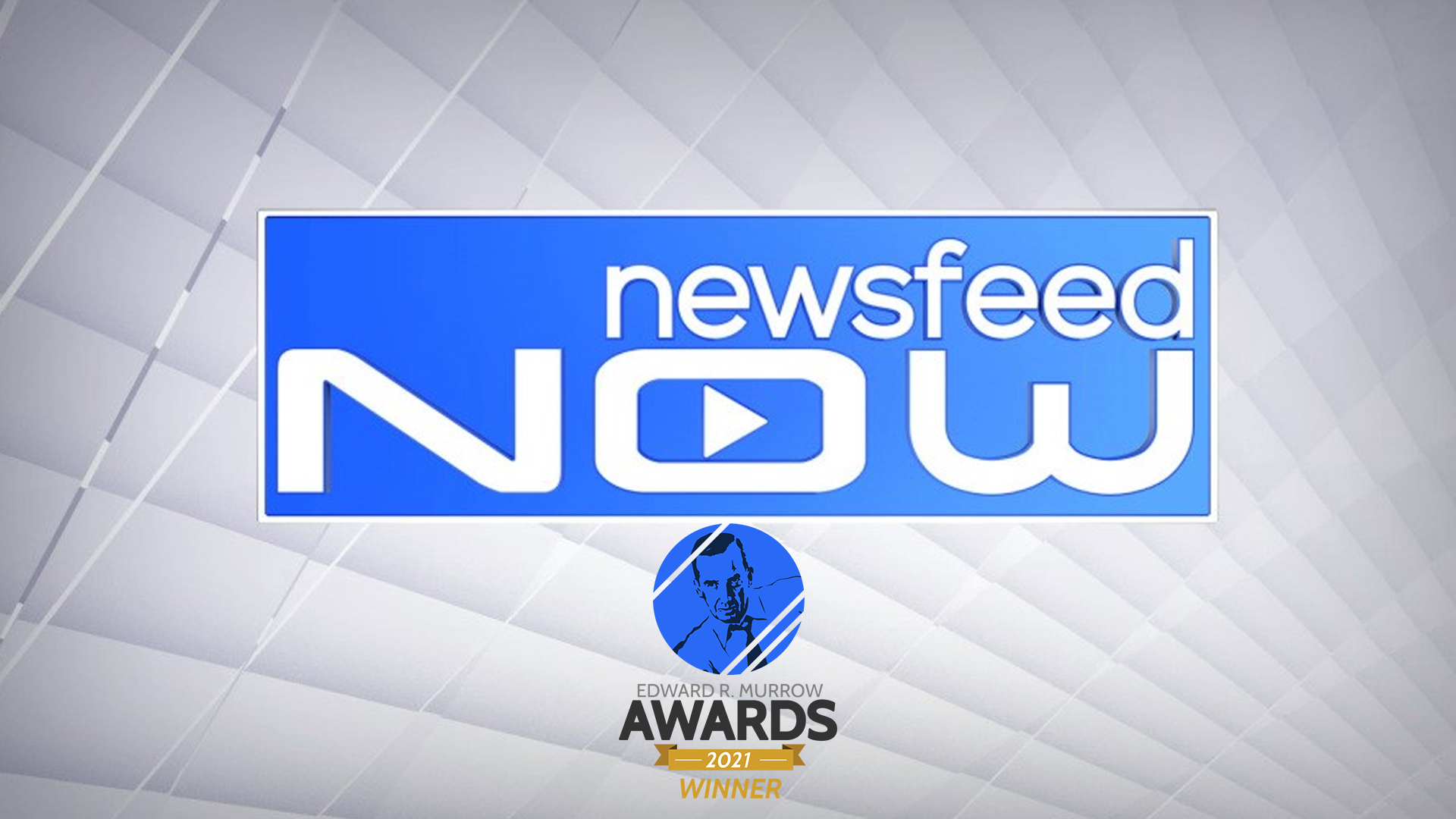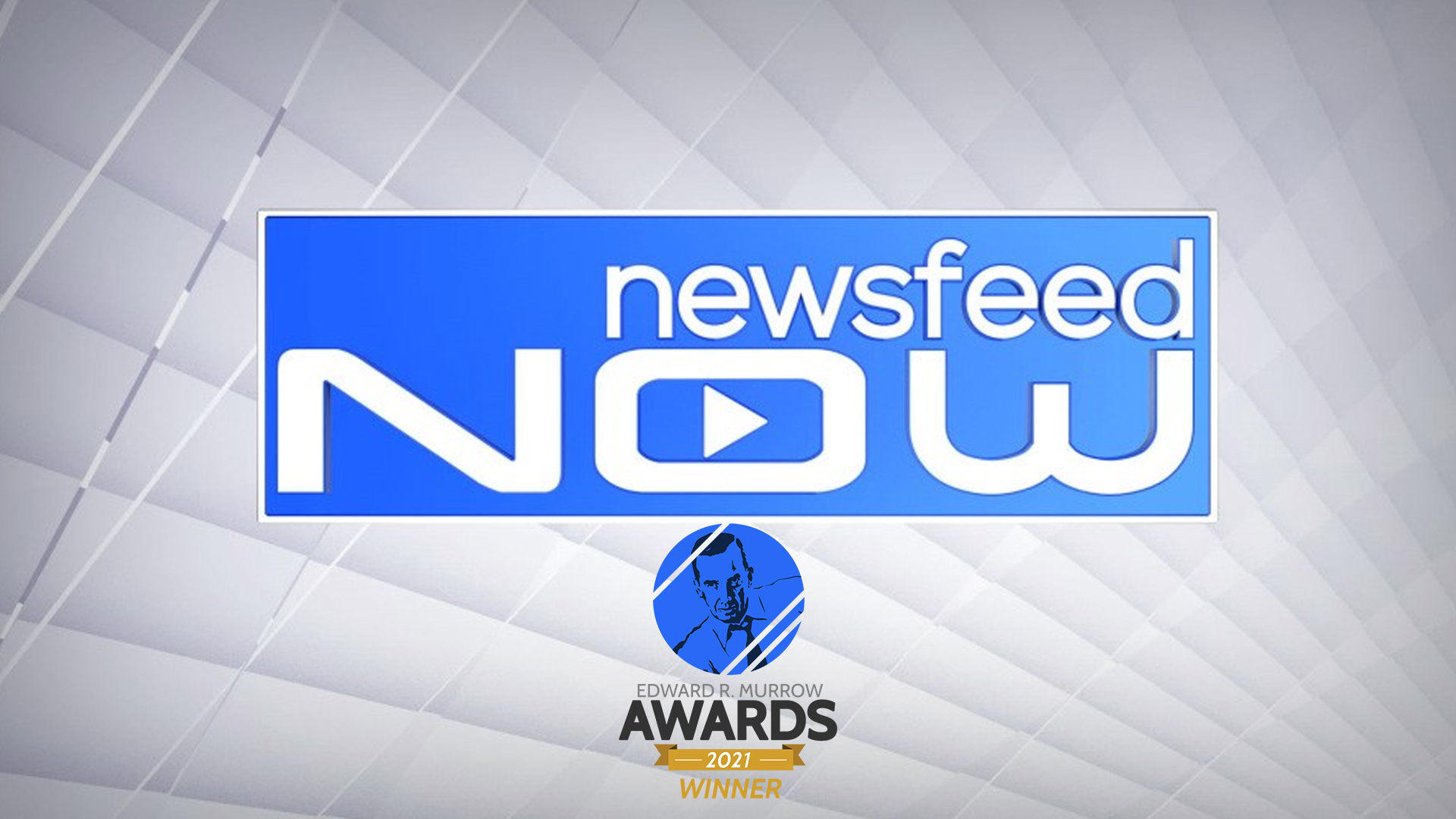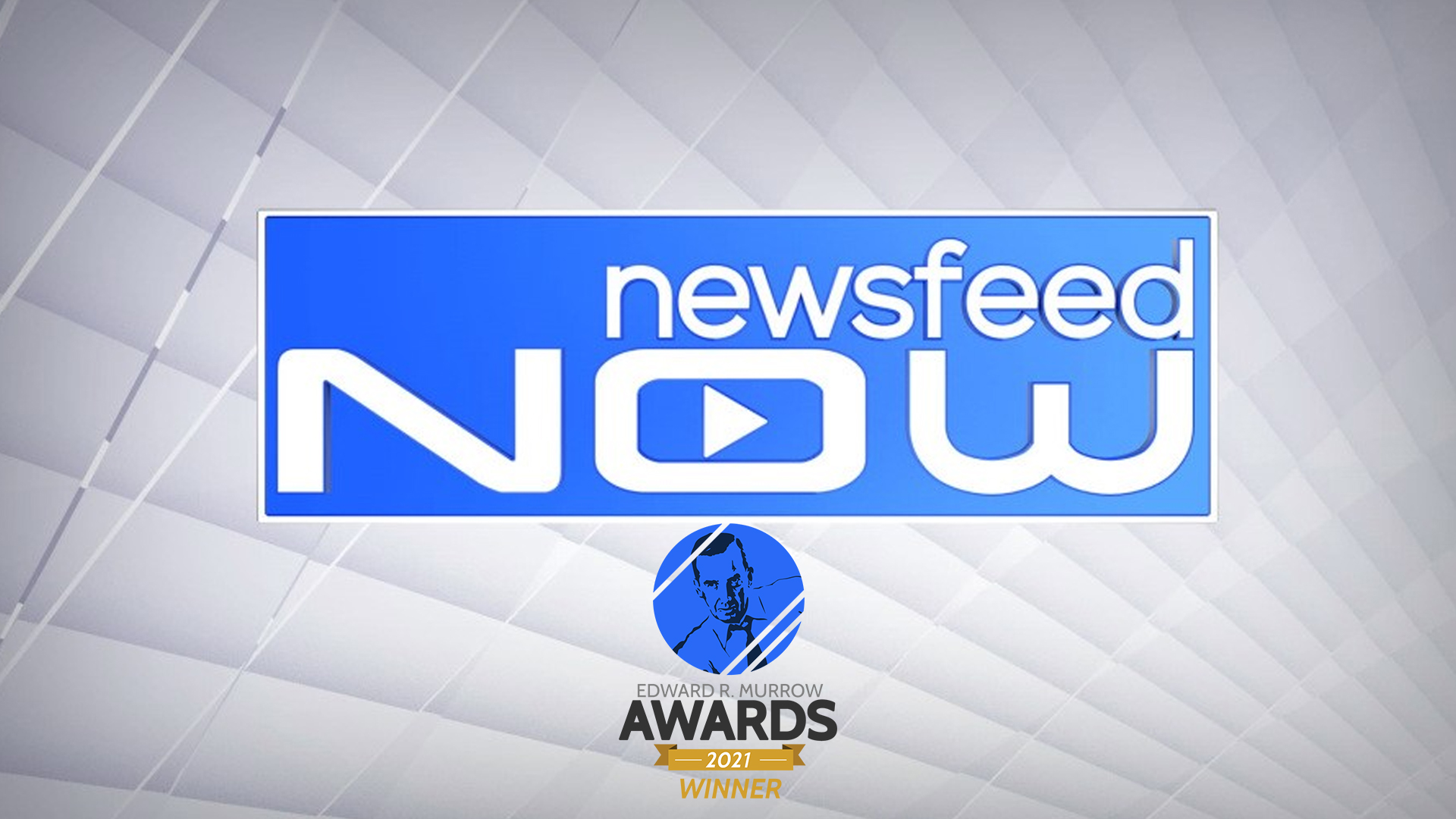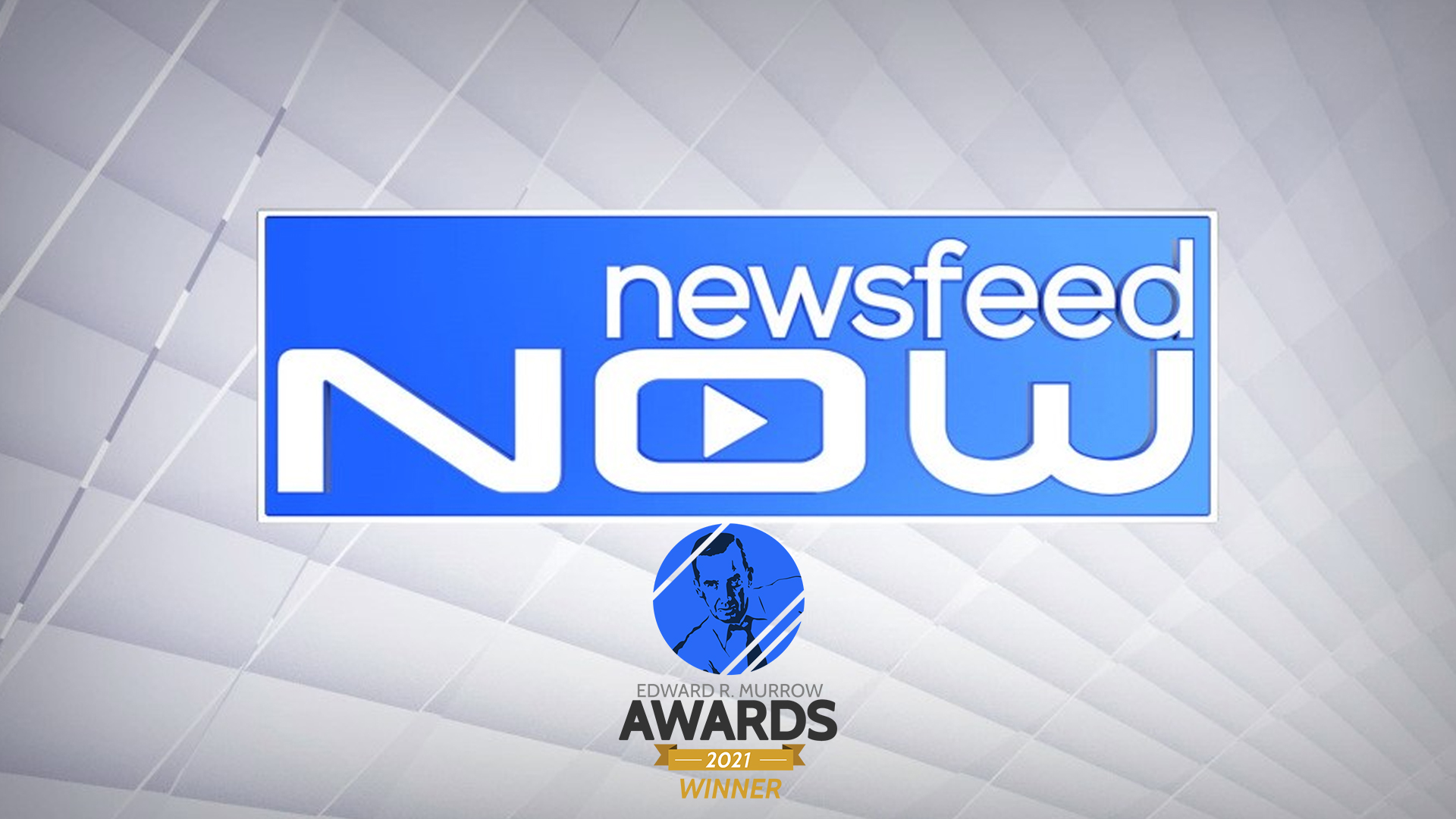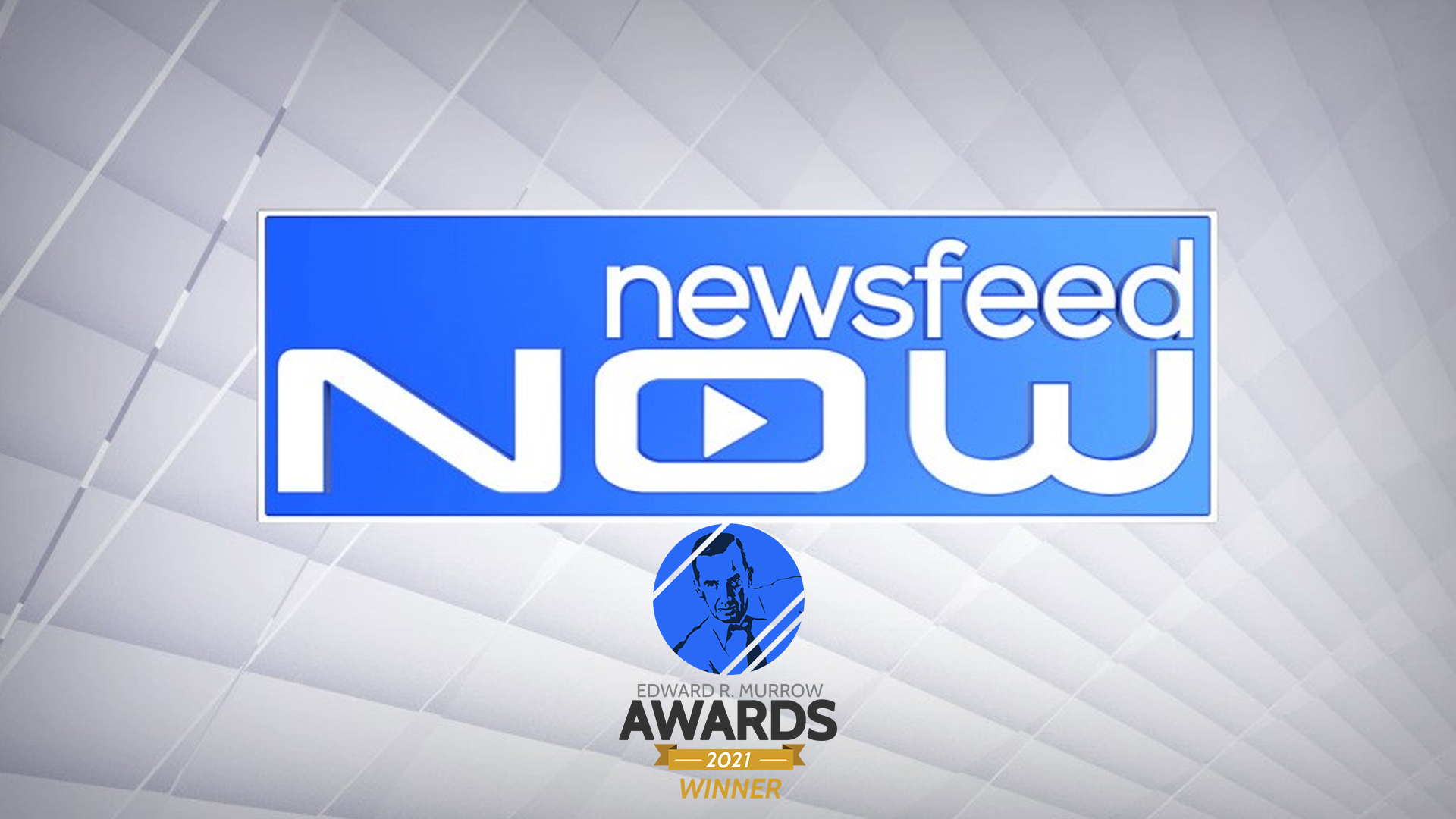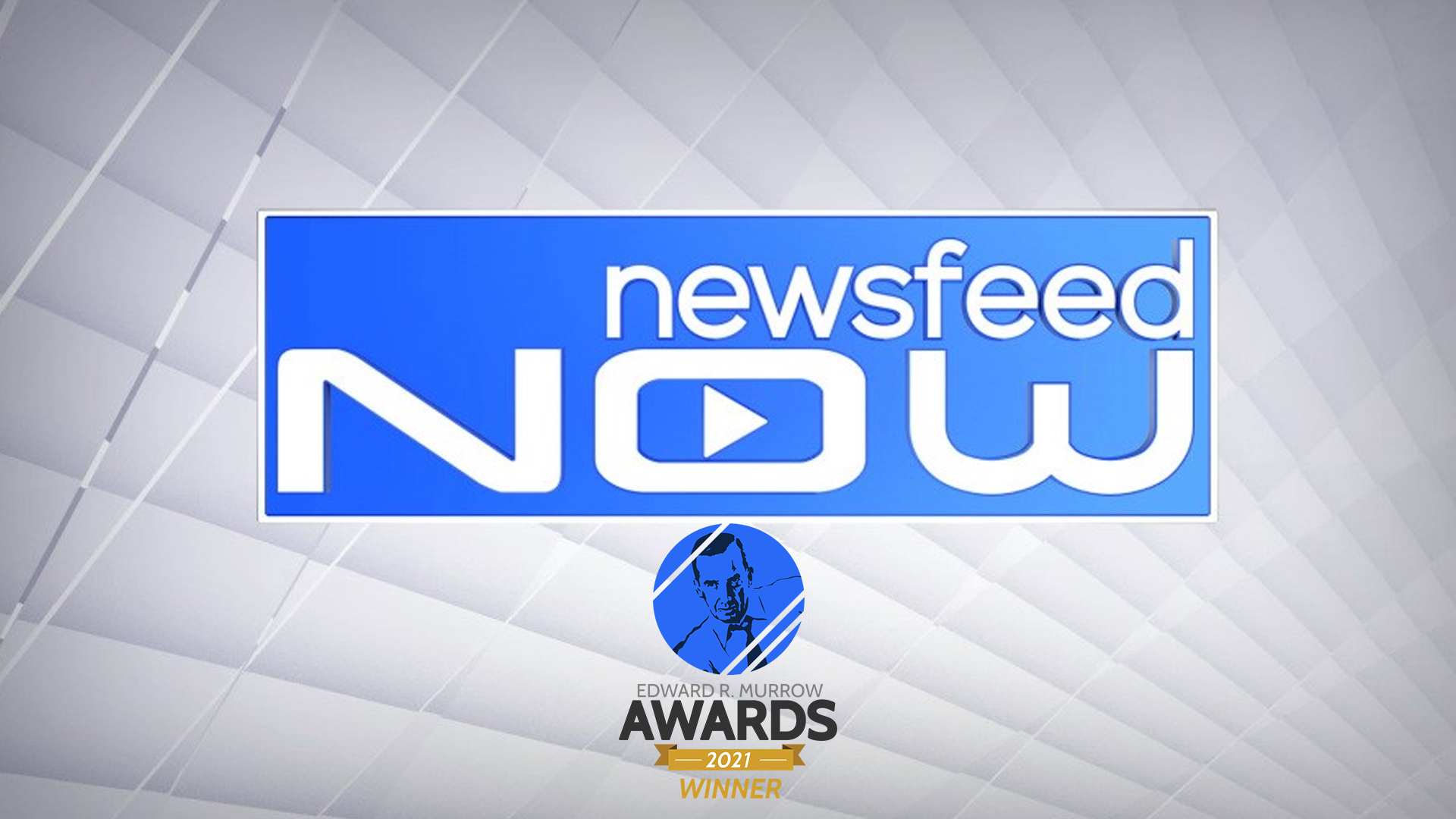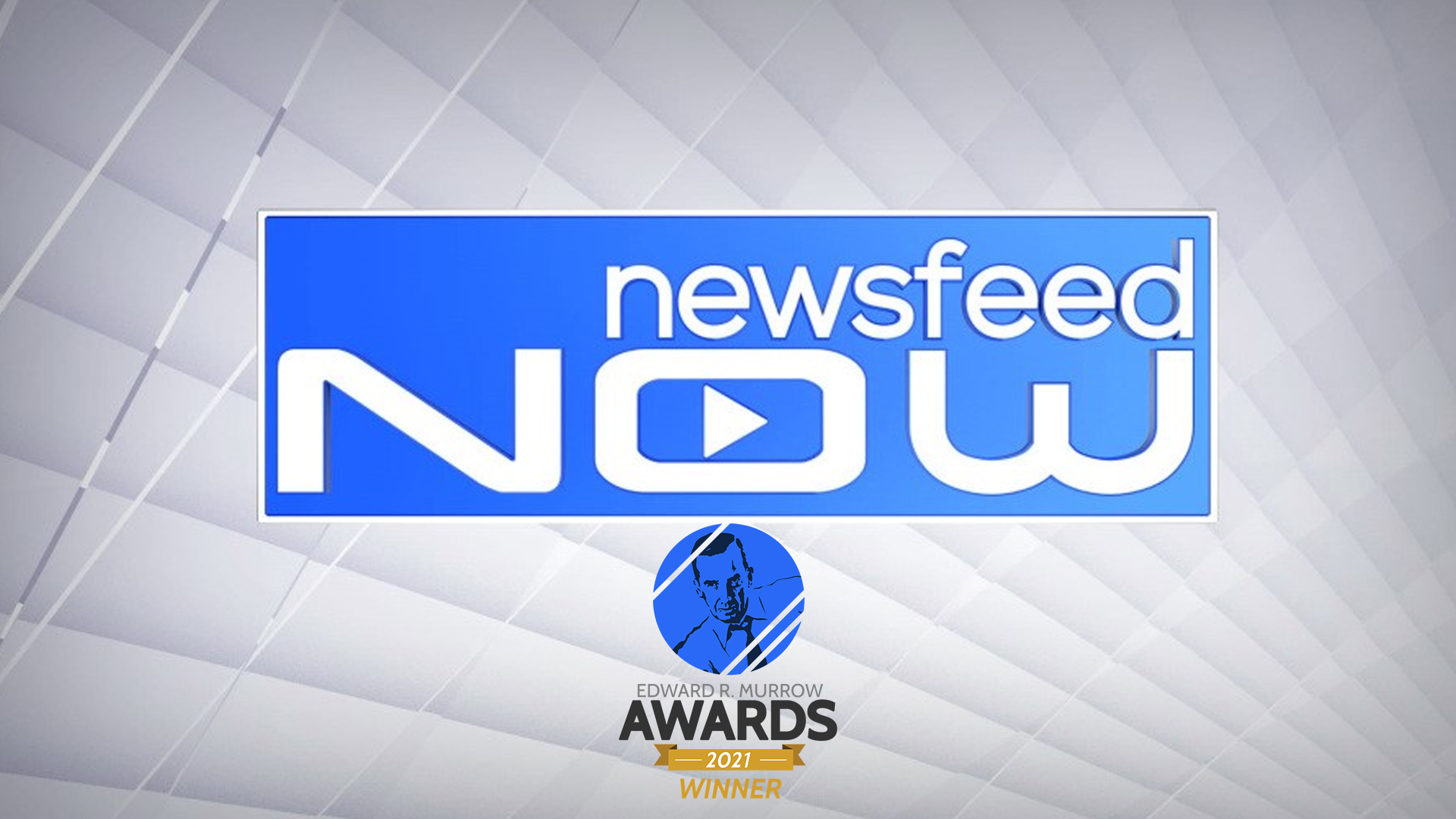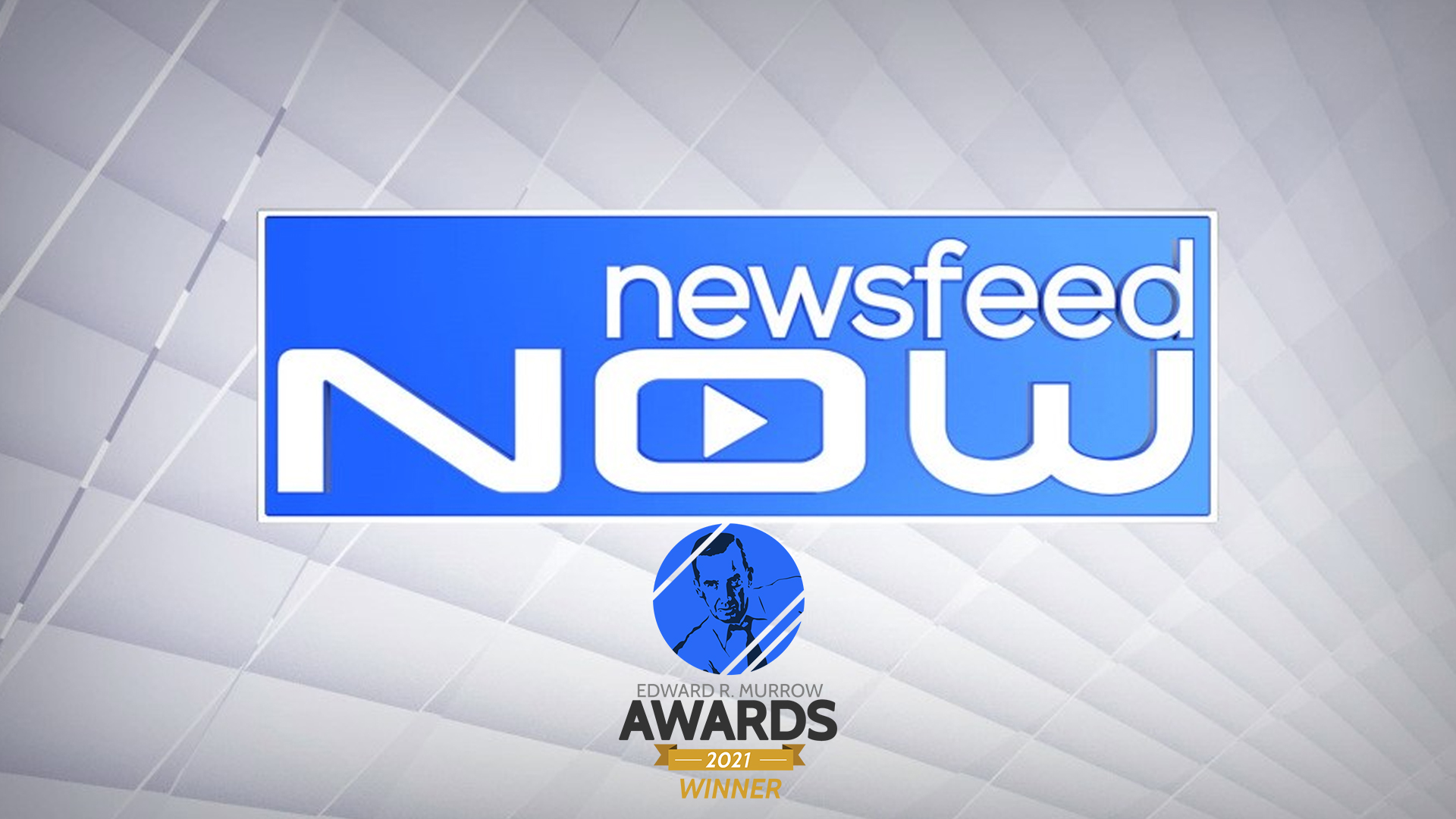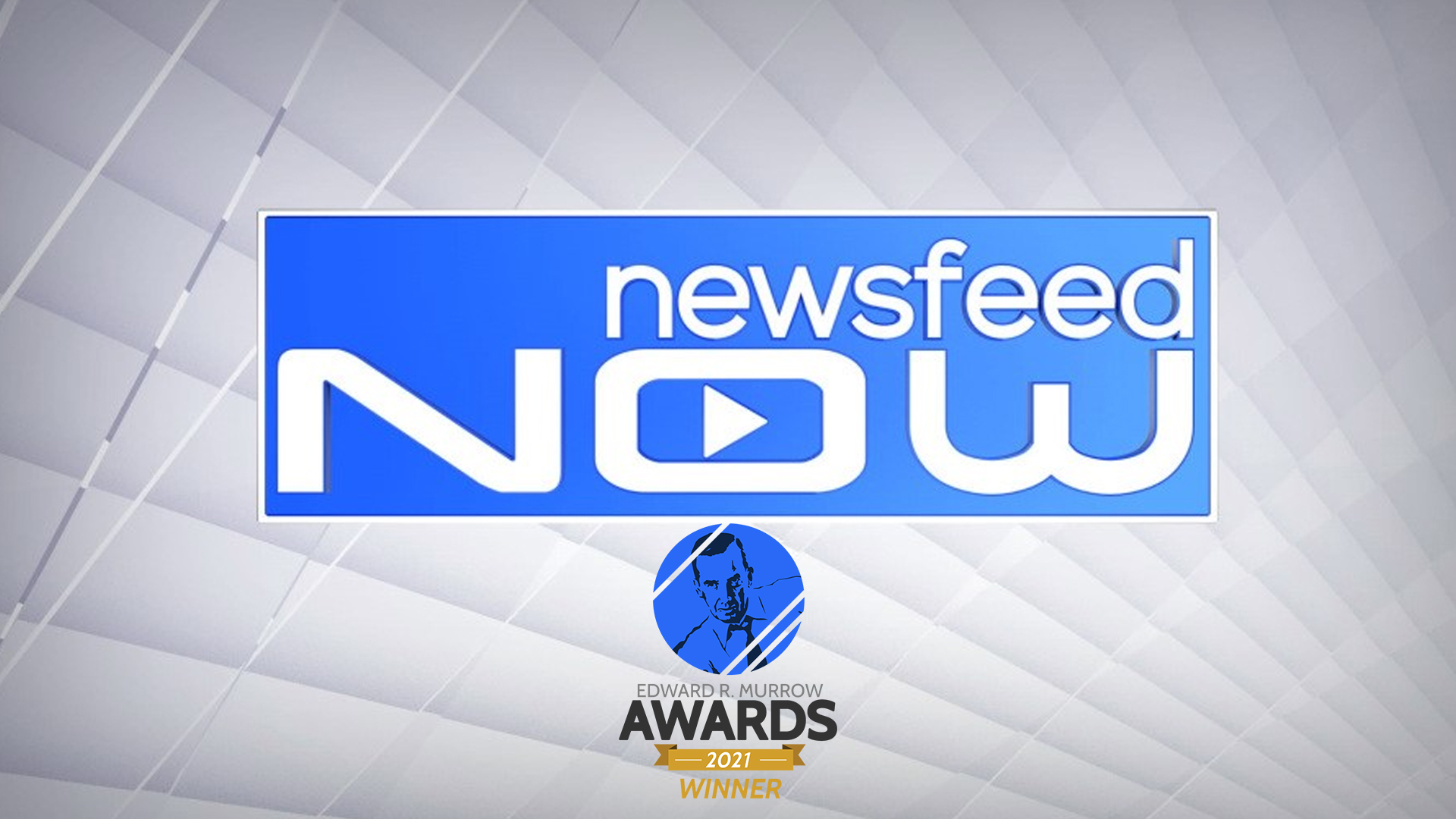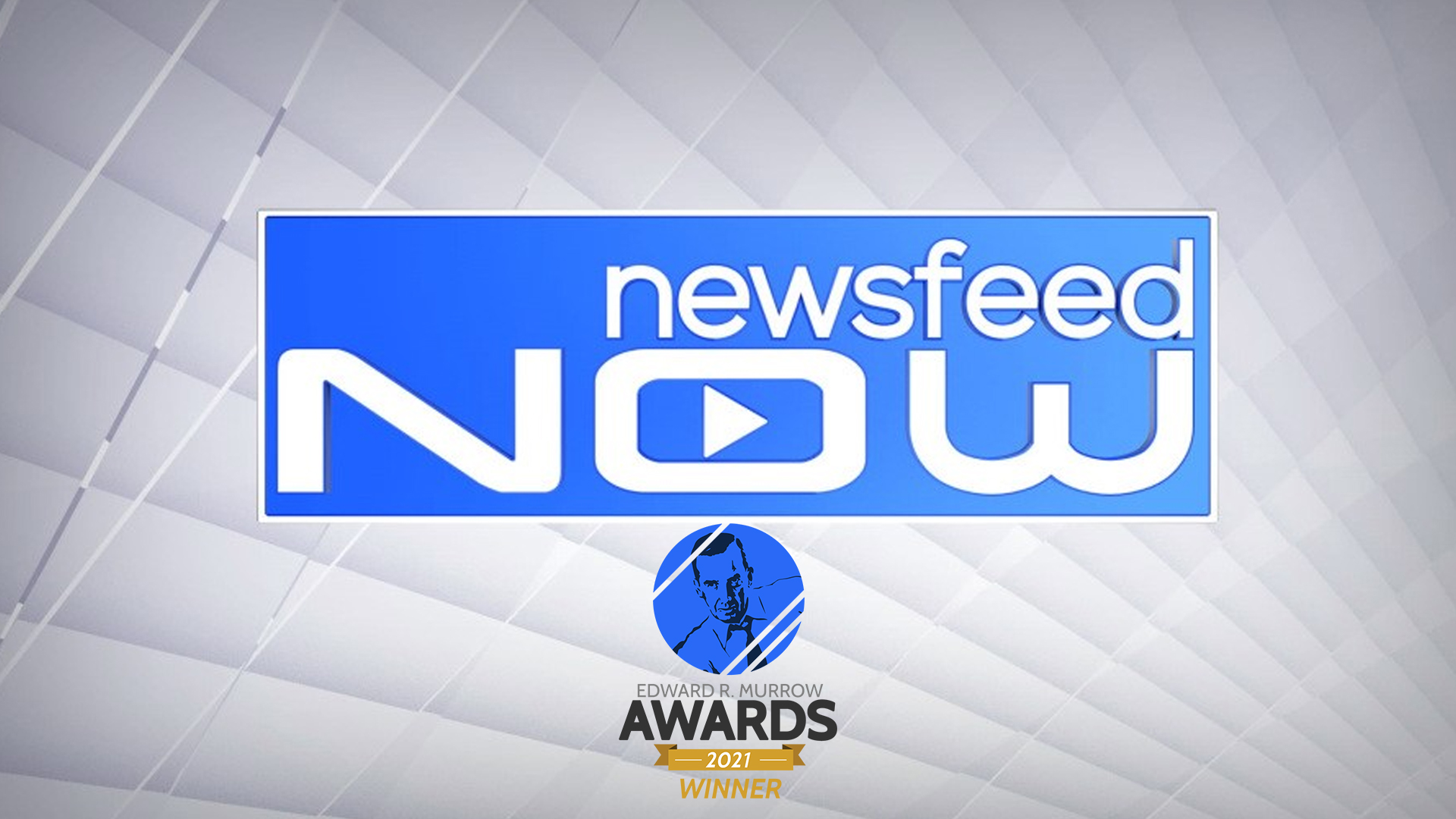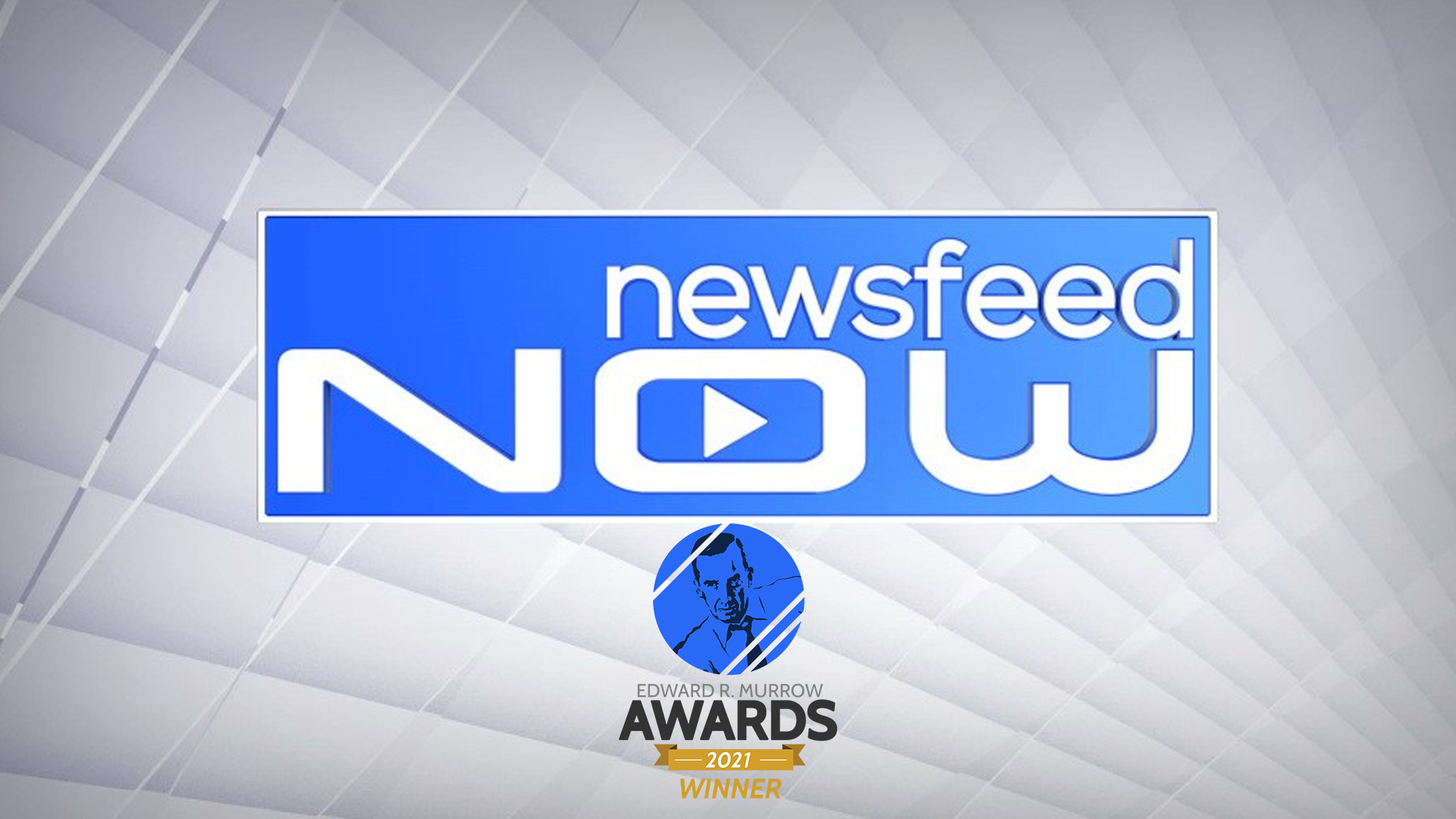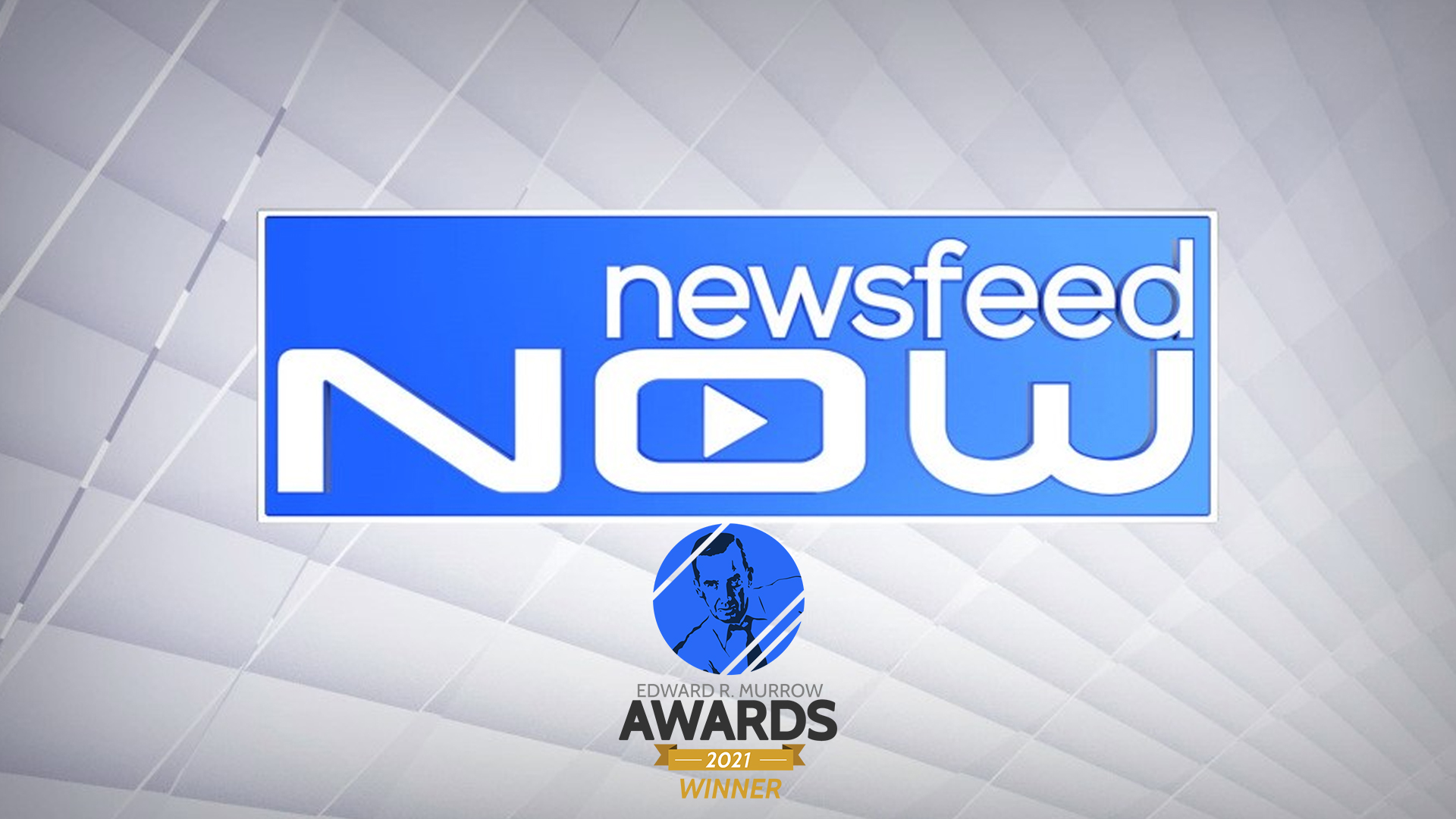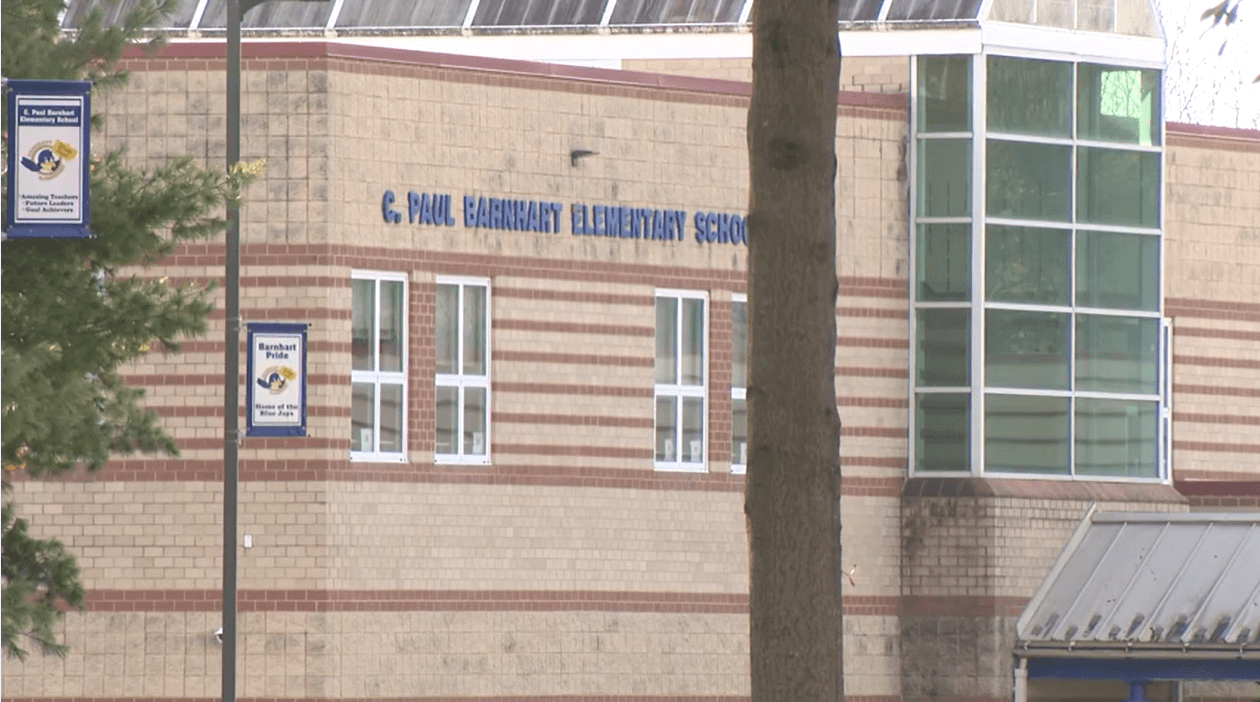RICHMOND, Va. (WRIC) — The first coronavirus case in Virginia was detected on March 7, 2020. One year later, Gov. Ralph Northam is sitting down with 8News to reflect on how things have changed and how long it will take to return to normal.
The month that changed everything
On March 11, 2020 the World Health Organization labelled COVID-19 a pandemic.
On that same day, Gov. Northam’s Administration sounded the alarm while standing mask-less in a packed press conference. At the time, personal protective equipment was in short supply and phrases like “social distancing” were brand new.
One day later, Northam declared a State of Emergency as cases rose to 17 statewide. The day after that, he ordered schools to shutter for two weeks. By the end of March, the governor extended school closures through the rest of the academic year, declared a stay at home order statewide and ordered sweeping restrictions on private businesses.
Reporters were asked to spread out at increasingly regular COVID-19 updates as Northam began to shift expectations.
“We’re just at the beginning of this,” Northam said at a press conference on March 25, 2020. “We’re not talking about weeks, we’re talking about months.”
How close are we to normal
On Monday, federal health officials released their first guidance for fully vaccinated Americans, giving a weary public a clearer picture of what the coming months could look like.
The new standards from the Centers for Disease Control and Prevention say vaccinated people can gather indoors with other vaccinated people–without masks or social distancing–two weeks after receiving their final shot.
Additionally, fully vaccinated individuals can socialize with those at low-risk for severe disease even if those people are not vaccinated, giving immunized grandparents the green light to spend time in-person with their grandchildren.
In an interview with 8News on Monday, Gov. Northam didn’t specify any immediate plans to update state restrictions based on these new guidelines. However, he praised them as a good sign and said the state would follow them.
Further, he predicted that all adults in Virginia will have access to the vaccine by the end of May–an improvement in line with President Joe Biden’s latest commitment.
That doesn’t mean Virginians can expect a summer free of COVID-19 restrictions though.
“Until we get to herd immunity, which is about 70-75 percent of the population being vaccinated, people need to continue to be vigilant, especially if they are around other individuals that haven’t been vaccinated,” Northam said.
Northam said the adult population alone isn’t likely to get the state to herd immunity. He fears skepticism will keep some people away at first, even though he’s encouraging everyone to get the vaccine.
Plus, he says roughly 2.5 million of 8.5 million Virginians are under 18.
Right now, vaccines are only authorized for emergency use in those 16 and up. Health officials are roughly predicting that older kids will start being vaccinated by the fall, while younger children may have to wait until 2022.
Despite this, at least three governors have recently announced an end to mask mandates in their respective states, arguing personal responsibility–not heavy-handed requirements–should drive behavior moving forward.
8News asked Northam when he will consider lifting Virginia’s mask mandate.
“Whether we can take our masks off in the fall, I’m not sure. But as soon as we have that herd immunity, as soon as we know it’s safe, then I hope we’ll get some direction from the CDC or Washington,” Northam said. “If I had a crystal ball to look into and answer a lot of these questions, I would do that but we don’t.”
As of Monday morning, the Virginia Department of Health reported that 17.5% of Virginians had received at least one dose of the vaccine whereas 823,887 were considered fully vaccinated.
To get those shots out more quickly moving forward, Northam said the state is getting ready to launch 13 mass vaccination sites.
“We’ve got the infrastructure in place. We have the doses coming into Virginia now. So I really encourage any Virginians that are interested in getting a vaccination to sign up and then stay by their phones and emails. It may be short notice,” Northam said.
Experts say it’s too soon to ease restrictions
Today, Virginia Department of Health data puts the state’s death toll at 9,683, with cases now reaching 586,592.
Six percent of coronavirus tests being conducted in Virginia are currently coming back positive, a significant improvement compared to January’s peak of more than 17%.
With cases coming down and vaccinations up, Northam started easing restrictions beginning last week.
Meanwhile, the nation’s top health officials are warning governors against removing safety precautions too quickly.
Northam stood by his decision to ease restrictions on Monday. He said he’ll continue to emphasize outdoor activities over indoor gatherings moving forward.
“I’ve had questions come up about [indoor] prom, weddings, those types of things. Until the numbers are down in the communities we have to be very, very careful,” Northam said. “But anything that involves being outdoors, as soon as we can lift those measures, we will.”
On Friday, data analysts that have been guiding Virginia’s COVID-19 response for months reported that 88% of Virginia counties are currently seeing case rates above the mean from last summer.
The plateau in progress following the holiday surge comes as new variants are causing uncertainty about the speed of transmission and possible re-infection of recovered patients.
One model scenario presented to Northam’s Administration on Friday projects a “substantial peak” in July 2021 with cases 2.5 times higher than January’s summit. Researchers say, to avoid this, “we must give vaccines time to have an impact” before Virginians relax their behavior.
The fall out from school closures
Northam’s March 15th deadline for localities to begin offering in-person learning is just around the corner as the Virginia Chapter of the American Academy of Pediatrics is reporting alarming signs of learning loss and an increase in mental health issues among students.
Asked if he stands by his decision to close schools in the first place and his reopening timeline, Northam said, “There were a lot of unknowns…we were worried about our hospital capacity. We didn’t know how this virus would affect children so it was the right thing to do back then and as we have made progress it was been very important, in my opinion, to give localities discretion.”
Moving forward, Northam said increased mental health services in schools will be crucial to help students recover, as well as extended educational hours over the summer.
“I know our children have sacrificed,” he said.
WATCH FULL INTERVIEW
